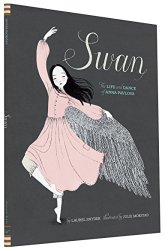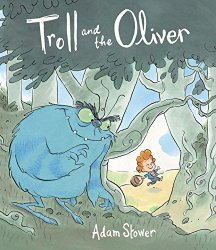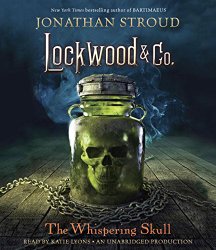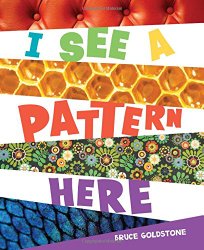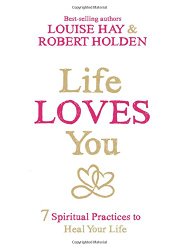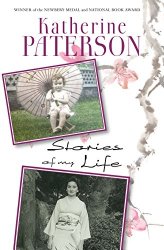Review of Beyond Magenta, by Susan Kuklin
Transgender Teens Speak Out
written and photographed by Susan Kuklin
Candlewick Press, 2014. 182 pages.
Starred Review
Stonewall Honor Book, 2015.
I checked out this book after it won a Stonewall Honor. It looked interesting, but I had a lot of books to read, and I figured this one didn’t really apply to me, and wasn’t really anything I needed to know about, so I turned it back in. (Oh such arrogance!) Then this summer, my 27-year-old son told me they were changing gender, so now they are my daughter. When I got home, one of the first things I did was check out this book.
Whether you have such a personal connection or not, this book helps you see the world through other people’s eyes. I think one reason some have a problem with transgender people is a failure of empathy, and an inability to even imagine how someone could possibly want to be identified as anything other than the gender they were assigned at birth. This book goes a long way toward helping the reader understand.
The author tells the stories, with photos, of six individuals. She chose a diverse group of teens and young adults. She uses the highlighted individual’s actual words from in-depth interviews, interspersed with her own narration.
There’s a great deal of variety in the people featured, their gender expressions, their ethnicities, their backgrounds, and their ways of telling their stories. I like the way the book finishes up with a poet-performer.
Most of all, I wish I had read this book before I had such a personal reason. This is a book of people’s stories. Those stories are far outside my experience. As I try to understand their stories, I believe I grow as a person in empathy and compassion.
Yes, transgender people are in the news and popular culture more than ever before. I’m coming to realize that I may have been encountering many without even knowing it. I love that this book gives a group of transgender teens a voice. It helps others know that they are not alone, and helps cisgender folks understand that those who are different are people, too, people with hopes and dreams and interesting loves and lives.
And even if it weren’t for the timely topic, this book is an outstanding work of art in the way it presents these six lives.
I like what the first featured individual has to say:
When most trans men go through transition, they don’t want anything to do with femininity. They don’t want anything to do with being a woman. They just want to be completely accepted in the straight world. When I first started my transition, I wanted it to be complete, from one side to the other. But now I’m embracing my in-between-ness. I’m embracing this whole mix I have inside myself. And I’m happy. So forget the category. Just talk to me. Get to know me.
This book is a way to do that, to see the people under the outward appearance.
Find this review on Sonderbooks at: www.sonderbooks.com/Nonfiction/beyond_magenta.html
Disclosure: I am an Amazon Affiliate, and will earn a small percentage if you order a book on Amazon after clicking through from my site.
Source: This review is based on a library book from Fairfax County Public Library.
Disclaimer: I am a professional librarian, but I maintain my website and blogs on my own time. The views expressed are solely my own, and in no way represent the official views of my employer or of any committee or group of which I am part.
What did you think of this book?

